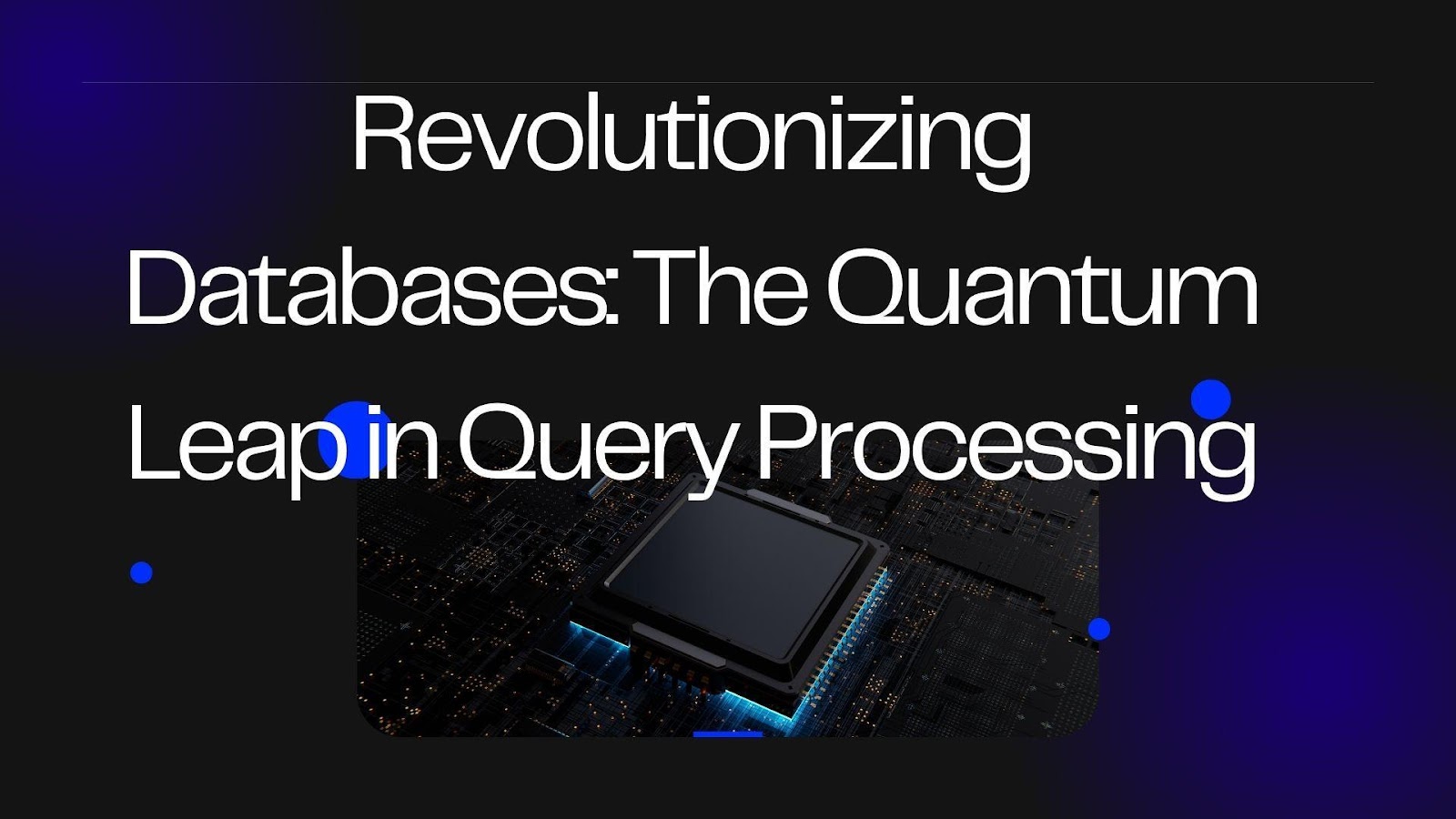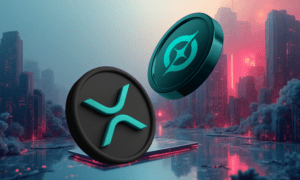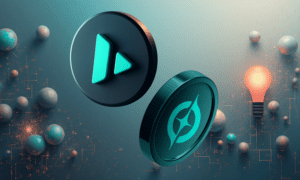Quantum computing is reshaping the foundations of database technology, introducing unprecedented capabilities for handling complex queries. In this transformative landscape, Sayantan Saha explores how quantum mechanics can revolutionize traditional database architectures. His work delves into the potential of quantum databases to enhance efficiency, accuracy, and scalability in data processing.
Harnessing Quantum Mechanics for Database Operations
At the core of quantum computing’s advantage is its ability to leverage quantum mechanical principles like superposition and entanglement. These properties enable parallel processing, allowing databases to perform multiple operations simultaneously. Unlike classical systems, which rely on sequential execution, quantum systems can evaluate multiple possibilities at once, significantly reducing query response times.
Pattern Matching and Similarity Searches: A Quantum Boost
Quantum algorithms, particularly those inspired by Grover’s search algorithm, provide a substantial speedup in pattern matching and similarity searches. Traditional databases require extensive computational power to sift through unstructured data. However, quantum-enhanced approaches can identify patterns exponentially faster, making them ideal for applications requiring rapid data retrieval, such as medical research and financial modeling.
The quantum advantage extends beyond simple search operations to complex structural pattern recognition and multi-dimensional data correlation. These capabilities enable breakthrough applications in genomics for identifying disease markers, in pharmacology for drug discovery, and in financial systems for real-time market analysis and risk assessment. The theoretical quadratic speedup translates to practical systems that can process petabytes of information in minutes rather than days, fundamentally transforming how organizations leverage big data for decision-making processes.
Graph Traversal and Network Analysis: Unlocking Complex Structures
Graph-based queries are crucial in various fields, from social networks to supply chain optimization. Classical graph traversal techniques face significant computational limitations as data sets grow. Quantum algorithms, especially those using quantum random walks, can navigate complex graphs more efficiently, enabling deeper insights into connectivity, shortest paths, and network structures.
The quantum advantage becomes particularly evident in high-dimensional and dynamic graphs where classical methods struggle with exponential complexity barriers. By leveraging quantum superposition and interference, these algorithms can simultaneously explore multiple graph paths, dramatically reducing the computational overhead in problems like community detection and influence propagation analysis. Industries including logistics, telecommunications, and cybersecurity are already developing prototype quantum solutions that promise to transform network optimization, traffic routing, and vulnerability assessment.
Hybrid Quantum-Classical Architectures: The Best of Both Worlds
Given the current limitations of quantum hardware – error rates, qubit coherence, connectivity constraints, and scalability challenges – hybrid quantum-classical models have emerged as a practical intermediate solution..Hybrid quantum-classical models have emerged as a practical solution. These systems integrate quantum capabilities with conventional computing to optimize specific tasks. The classical component handles structured data management, while quantum processors accelerate operations such as query optimization and data clustering, improving overall system performance.
Quantum Memory and Data Storage Innovations
Efficient data encoding in quantum memory systems is another key area of development. Quantum state compression techniques allow data to be stored and retrieved with higher efficiency compared to classical memory architectures.
Future Directions: Navigating the NISQ Era
We are currently in the Noisy Intermediate-Scale Quantum (NISQ) era, where quantum processors exhibit substantial noise and limited coherence times. While full-scale fault-tolerant quantum computing is still a distant goal, researchers are focusing on optimizing quantum circuits for practical applications. The integration of machine learning with quantum databases is another promising direction, potentially enhancing predictive analytics and automated decision-making.
Overcoming Scalability and Accuracy Challenges
Despite their advantages, quantum databases face hurdles in terms of scalability and error rates. Quantum error correction remains a critical challenge, with error rates in current quantum gates still requiring significant improvements. Researchers are working on robust error-handling mechanisms to ensure reliable query execution, focusing on reducing decoherence effects and enhancing qubit stability.
In conclusion, as quantum computing technology evolves, its integration with database systems holds immense potential for transforming data management. While challenges remain, continued advancements in hybrid architectures, error correction, and quantum memory storage are steadily pushing the boundaries of what is possible. Sayantan Saha’s research highlights the critical steps needed to harness the power of quantum computing for real-world database applications, marking the beginning of a new era in information processing.





























